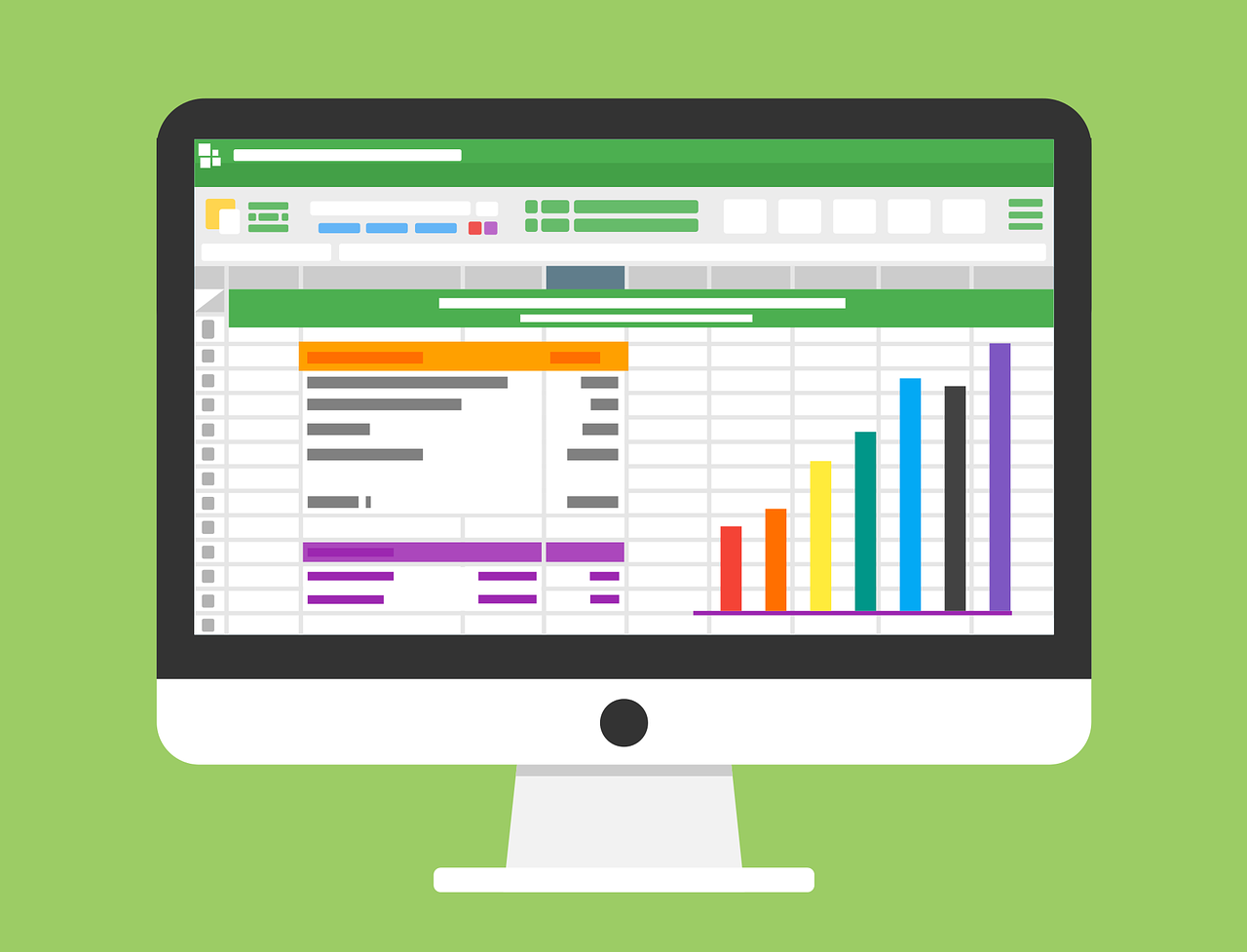By now most people have heard of SaaS, Software-as-a-Service which you subscribe to monthly or yearly. Instead of, as before, buying licenses, make sure everything is installed and properly functioning on a server. That is what we did only 10 years ago before the cloud became a paradigm shift.
But now now we’ll talk iPaaS, or in pure English, Integration Platform as a Service.
Here’s the complete guide to iPaasS with many of the answers to what, how, why, and all the pros and cons you can think of. As smart readers have calculated, iPaaS is relevant for the coming time regarding digitization.
What is iPaaS? – Integration platform as a service
Integration platforms as a service (iPaaS) provide a central place to have an overview, take care of and, control and integrate your cloud-based applications. IPaaS works by connecting cloud applications and services and controlling integration flows. This makes it easier to scale performance, expand product offerings and get a good structure across all your integrations. Even small applications today often have a lot of integrations.
The time is over when you bought a single large monolith, a colossus that would have all the functionality built into it. Today, the trend is towards microservices, microservices, and find best-of-breed, which you then integrate to create the overall experience.
Find the component that solves your problem in the best way, worries about how it will talk to other components in your stack, the integration platform, the iPaaS, is built to solve those challenges.
At the same time, you can pass the monolith and the colossus out the door because there is no future in software development. Because you’re tired of thinking that hopefully feature X will be in the next update in six months, if you are lucky. With iPaaS, you are in greater control of the experience you want to create for your customers, not in the hands of the monolith’s system developer
With iPaaS as a foundation, product development can be accelerated and functionality and data can be quickly added or removed quickly, reducing redundancy, downtime, and development time.
What iPaaS does is create and serve a platform that connects many systems to deliver a unified experience for customers. It enables in a simple way communication between several systems, embedded for integration and data sharing.
What does iPaaS have to do with the cloud?
An iPaas platform connects various applications, systems, and technologies within the cloud or locally. It creates simpler integration flows without the need for hardware or middleware either within an organization or between an organization and third-party software.
iPaaS also allows a company to expand its offering without having to expand more services. Instead, it can be integrated with other software that already provides that service and offers a unified, more robust solution to customers.
For example, if you sell software that helps car mechanics book, manage and send reminders to their customers. After developing your product, you realize that the tire company also wants their customers to be able to leave reviews and make payments through your software.
To meet your customers’ needs, you can either expand and add these features to your product or you can use iPaaS to connect your software to existing cloud platforms. You save time and money while expanding your service offering and giving your customers what they want.
